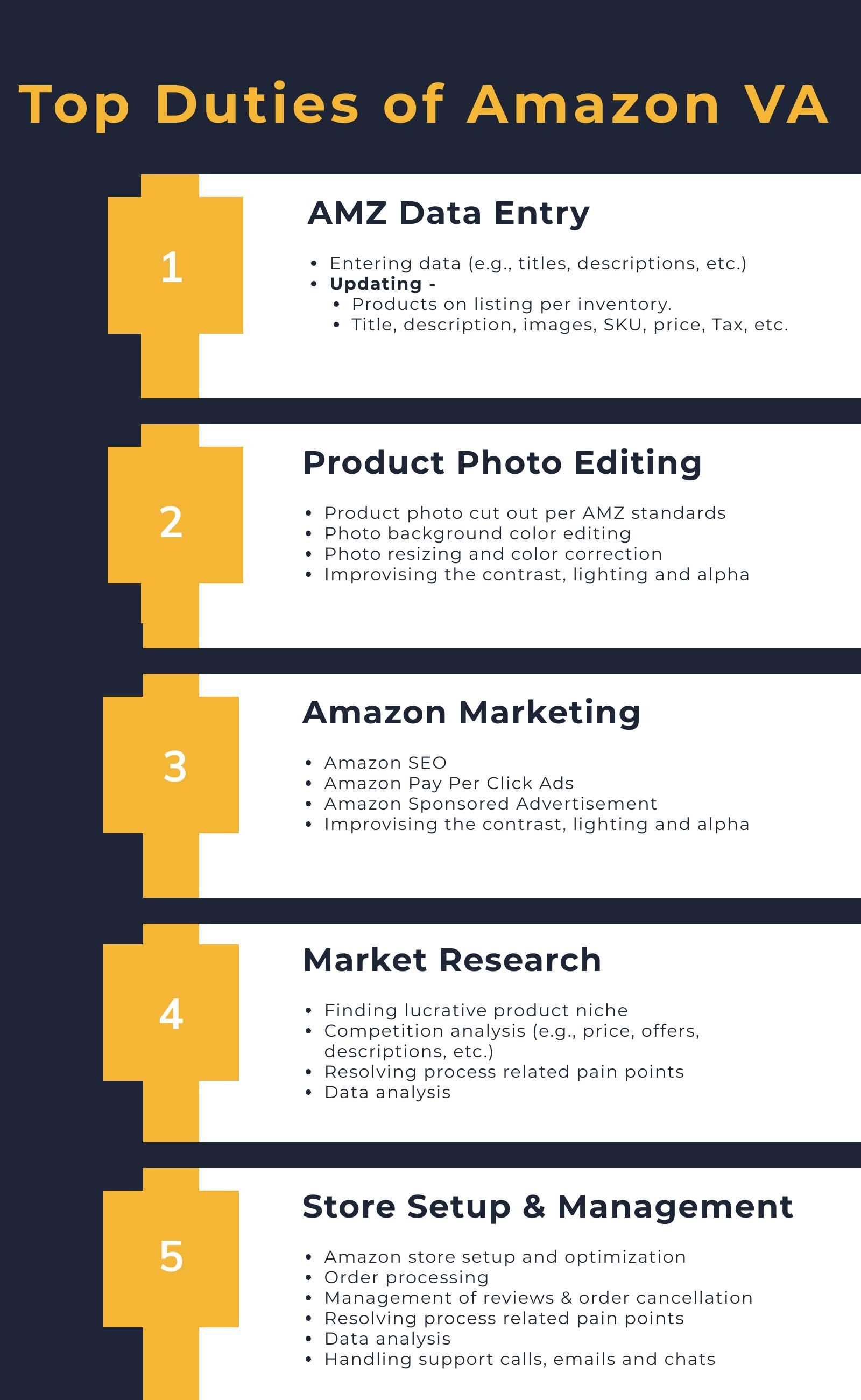The business arena is a captivating battlefield, where rivalries are fought furiously, and victory is measured in market share. As captains of our own enterprises, we constantly search for a winning edge, a secret weapon that will propel us ahead of the competition. Today, we embark on an exhilarating expedition into the minds of our adversaries, peeling back the layers of their pricing strategies to unravel the enigmatic tapestry that defines their actions. In this article, we delve into the intriguing world of competitor pricing, meticulously examining the intricacies that shape their decisions. Brace yourselves, as we unveil the hidden truths, decode the mysteries, and ultimately decipher the age-old question: How do our rivals determine the prices that both sustain their existence and challenge our own? Step into the realm of analysis, where neutrality prevails, and empirical insights transcend mere speculation. Welcome to the exploration of “”.
Table of Contents
- Unmasking Competitors: Understanding the Importance of Pricing Strategies
- Unraveling the Tactics: Comprehensive Analysis of Competitor Pricing Approaches
- Cracking the Code: Insightful Recommendations for Effective Competitor Pricing Strategies
- Unleashing the Potential: Leveraging Competitor Pricing Insights for Business Success
- Q&A
- Wrapping Up

Unmasking Competitors: Understanding the Importance of Pricing Strategies
When it comes to achieving success in a competitive market, understanding your rivals’ pricing strategies is like holding a key to unlocking valuable insights. Pricing strategies play a critical role in shaping a company’s positioning, brand perception, and profitability. By studying and dissecting competitor pricing, businesses can gain a comprehensive understanding of market dynamics, anticipate industry trends, and make well-informed decisions that can give them a competitive edge.
Here are some reasons why analyzing competitor pricing strategies should be an integral part of any business’s game plan:
- Identify pricing gaps: By comparing your own prices with those of your competitors, you can pinpoint potential gaps that may be driving customers away. Whether your prices are significantly higher or lower, understanding the market’s perception of your offerings allows you to adjust your pricing strategy accordingly.
- Uncover unique value propositions: Examining how competitors price their products or services can help you uncover their unique value propositions. Are they emphasizing quality, convenience, or affordability? By understanding what sets your rivals apart, you can refine your own value proposition and find ways to differentiate and stand out in the market.
- Predict market trends: Monitoring pricing strategies over time enables businesses to gauge the overall health of a market and identify emerging trends. For example, a sudden increase in prices across multiple competitors may indicate increased manufacturing costs or changing customer preferences. Being aware of such trends can help you adapt your pricing strategy to stay ahead of the curve.
- Enhance pricing strategies: Evaluating competitor pricing can provide inspiration and insights to optimize your own pricing strategies. For instance, observing how successful companies bundle products or implement dynamic pricing models could spark ideas to improve your own approach and maximize revenue.
By delving into the complex world of competitor pricing strategies, businesses can gain a deeper understanding of the market landscape and make informed decisions to drive growth and profitability.

Unraveling the Tactics: Comprehensive Analysis of Competitor Pricing Approaches
Pricing is a critical aspect of any business strategy, and analyzing your competitors’ pricing approaches can provide valuable insights into their overall market positioning. By unraveling their tactics, you can gain a competitive edge and make informed decisions to maximize profitability. In this post, we will delve into the realm of competitor pricing strategies, shedding light on the factors and techniques that influence their pricing decisions.
One important approach used by competitors is dynamic pricing, where prices are adjusted in real-time based on market conditions, demand, and other variables. For example, airlines often employ this strategy by setting different prices for seats depending on factors like the time of booking, availability, and upcoming events. This allows them to optimize their revenue and cater to different customer segments.
- Segmented Pricing: Competitors may utilize segmented pricing, tailoring their prices based on various customer segments. This could involve offering different prices for different product versions, bundles, or even geographic regions. A prime example of segmented pricing can be seen with software companies that offer tiered pricing plans based on the number of features or the size of the user base.
- Penetration Pricing: Sometimes, competitors employ a penetration pricing strategy to gain market share. By setting lower initial prices compared to their rivals, they attract customers and build brand loyalty. Tech giants like Amazon have famously applied this by selling hardware devices at low prices or even below cost, banking on subsequent sales of related products and services.
- Value-Based Pricing: Competitors may base their pricing on the perceived value of their offering, aligning it with the benefits it provides to customers. Luxury brands often adopt this pricing strategy, positioning their products as premium and charging a higher price to reflect their exclusivity and perceived value.
Understanding and analyzing competitor pricing strategies is crucial for businesses aiming to thrive in the marketplace. By keeping a close eye on these tactics along with market trends, customer preferences, and your own value proposition, you can adapt your pricing strategy accordingly and effectively position your products or services to stand out amongst rivals.

Cracking the Code: Insightful Recommendations for Effective Competitor Pricing Strategies
When it comes to setting prices for your products or services, understanding how your competitors price their offerings can provide valuable insights and help you stay competitive in the market. By analyzing competitor pricing strategies, you can gain a deeper understanding of the market landscape, identify potential gaps or niches, and make more informed pricing decisions. In this post, we will explore key factors to consider when cracking the code of your rivals’ pricing strategies, along with insightful recommendations for creating effective pricing strategies of your own.
Factors to Consider
Before diving into the specifics of competitor pricing strategies, let’s first examine the key factors to consider when analyzing their approach:
- Target Customer Segment: Different competitors may target different customer segments, which can significantly impact their pricing strategies. For example, if a competitor is targeting the luxury market, their pricing strategy may revolve around premium, higher-priced products or services.
- Product Differentiation: The degree to which your competitors differentiate their offerings can affect their pricing strategy. Highly unique or innovative products may justify higher prices, while commoditized products often lead to price competition.
- Market Positioning: Examining how your competitors position themselves in the market can shed light on their pricing strategies. Are they positioning themselves as offering premium quality or lower-cost alternatives?
- Competitor’s Cost Structure: Understanding your competitors’ cost structure can reveal how they determine pricing. For instance, if a competitor benefits from economies of scale or operates in a low-cost location, they may have more flexibility in setting lower prices.
Insightful Recommendations for Effective Competitor Pricing Strategies
Now that we have considered crucial factors, let’s explore some recommendations to help you develop effective pricing strategies based on your analysis of competitors:
- Monitor and Benchmark: Regularly monitor your competitors’ prices and use them as benchmarks. By staying aware of their pricing changes and adjustments, you can remain competitive and respond promptly.
- Differentiate with Value: Focus on creating unique value for your customers that sets you apart from the competition. By offering additional features, services, or superior customer support, you can justify higher prices.
- Consider Pricing Models: Explore different pricing models such as tiered pricing, subscription-based, or freemium approaches that suit your offerings and target market. Tailoring your pricing model to meet customer needs can give you an edge.
- Keep an Eye on Discounts and Promotions: Analyze your competitors’ discount strategies and promotions to ensure you remain competitive without compromising profitability. Offering limited-time promotions or loyalty programs can help attract and retain customers.

Unleashing the Potential: Leveraging Competitor Pricing Insights for Business Success
Understanding the pricing strategies of your competitors can provide valuable insights that can transform your business into a thriving success. By analyzing competitor pricing, you gain a deeper understanding of the market dynamics, identify opportunities for differentiation, and make informed pricing decisions that maximize profitability. Here are the key benefits of leveraging competitor pricing insights:
- Market Positioning: Analyzing competitor pricing allows you to position your products or services strategically in the market. By offering a lower price, you can attract price-sensitive customers, while a higher price may convey exclusivity and premium quality.
- Competitive Advantage: Armed with knowledge of your rivals’ pricing strategies, you can differentiate your offerings by adjusting prices, bundling products, or launching promotional campaigns. For example, if a competitor offers a lower price, you may counter by offering additional features to justify a slightly higher but reasonable price.
- Pricing Optimization: Evaluating the pricing strategies of your competitors helps you optimize your own pricing structure. By comparing prices within your industry, you can identify areas where you are overcharging or undercharging, ultimately improving your profit margins.
Real-world examples of successful utilization of competitor pricing insights can be found in various industries. For instance, a popular ride-sharing platform analyzes the pricing of its competitors to determine surge pricing thresholds during high-demand periods. This ensures they remain competitive and continue attracting customers while maximizing revenue. In the e-commerce sector, online retailers monitor competitor pricing to offer price match guarantees, assuring customers they will receive the lowest available price in the market. This not only boosts customer confidence but also fosters loyalty and drives sales.
Q&A
Q: What is the significance of analyzing competitor pricing strategies?
A: Analyzing competitor pricing strategies provides valuable insights into market dynamics, allowing businesses to make informed decisions about their own pricing strategies.
Q: How can analyzing competitor pricing strategies help businesses?
A: By studying competitor pricing strategies, businesses can gain a better understanding of their position within the market, identify areas of strength and weakness, and make adjustments to stay competitive.
Q: What are the different pricing strategies commonly used by competitors?
A: Competitors may employ various pricing strategies including cost-based pricing, value-based pricing, penetration pricing, skimming pricing, or even dynamic pricing.
Q: Can you explain the cost-based pricing strategy?
A: Cost-based pricing refers to determining the price of a product by calculating the production costs and desired profit margin. This strategy is commonly used when businesses want to ensure profitability while remaining competitive within a market.
Q: How does value-based pricing differ from cost-based pricing?
A: Value-based pricing focuses on determining the perceived value of a product for customers. This strategy takes into account factors such as the benefits, features, and quality of a product to set a price that maximizes customer satisfaction while maintaining profitability.
Q: What is penetration pricing?
A: Penetration pricing involves setting a low initial price for a product to gain market share and attract customers. This strategy is often used by businesses entering new markets or launching new products.
Q: Can you explain skimming pricing?
A: Skimming pricing is the opposite of penetration pricing. It involves setting a high price initially to maximize profits from early adopters or customers willing to pay a premium for a new product or service. This strategy aims to capitalize on the product’s uniqueness and perceived value.
Q: What is dynamic pricing and how does it work?
A: Dynamic pricing is a strategy where businesses adjust product prices in real-time based on various factors such as demand, inventory levels, or competitor prices. This approach allows businesses to optimize prices to maximize revenue and respond quickly to market fluctuations.
Q: Why is it important to adapt competitor pricing strategies to one’s own business?
A: Adapting competitor pricing strategies to fit one’s own business context ensures that businesses align their pricing strategies with their unique goals, product offerings, target market, and overall business strategy.
Q: How often should businesses analyze competitor pricing strategies?
A: Examining competitor pricing strategies is an ongoing process that requires regular assessment to stay updated with market changes and remain competitive. Depending on the industry and market dynamics, businesses may need to conduct such analysis quarterly, biannually, or annually.
Q: Can competitor pricing analysis help businesses identify untapped market opportunities?
A: Absolutely! By examining competitor pricing strategies, businesses can potentially uncover gaps or areas where competitors are overpriced or underserved. This analysis can guide businesses in identifying untapped market opportunities and positioning their products or services accordingly.
Q: What are the potential challenges in analyzing competitor pricing strategies?
A: One of the challenges is obtaining accurate and up-to-date pricing information on competitors. Additionally, price alone may not always provide the full picture of a competitor’s strategy, so businesses need to consider other factors such as quality, branding, customer experience, and unique selling propositions.
Wrapping Up
As we conclude our deep dive into the world of competitor pricing strategies, it becomes abundantly clear that unraveling the intricate web of rival tactics is no simple feat. We have embarked on an adventurous journey, dodging the treacherous traps set by cunning opponents and navigating through the vast sea of price wars.
Through the lens of analysis, we have witnessed the artistry in each rival’s approach. Like a master chess player, they meticulously calculate and strategize, leveraging their knowledge of consumer behavior, market dynamics, and their own competitive strengths. From penetration pricing to value-based pricing, from discount pricing to dynamic pricing, every move on the pricing chessboard is a carefully calculated step towards market dominance.
While unveiling the secrets of these rival pricing strategies, we cannot ignore the symbiotic relationship between price and perception. We have witnessed how a higher price can confer a sense of exclusivity and quality, while a lower price can attract value-seeking consumers. Each competitor crafts their strategy, a delicate dance between maximizing profits and gaining market share.
But let us not forget, dear reader, that amidst all the intrigue and tactics, there lies an underlying truth – the ultimate determinant of success is the consumer. It is their choices, preferences, and perceived value that shape the marketplace. Thus, no matter how ingenious a rival’s scheme may be, it ultimately rests in the hands of the consumer to either crown them the victor or send them back to the drawing board.
As we bid adieu to this captivating exploration of rival pricing strategies, we are left with a sense of admiration for the intricate dance performed by competitors in their quest for market dominance. It is a complex world, where pricing strategies are not mere numbers on a spreadsheet, but a reflection of the dynamic interplay between competitors, consumers, and the market itself.
So, as you step back into the competitive arena armed with this newfound understanding, remember that pricing strategies are not fixed entities; they are ever-evolving, requiring constant vigilance, analysis, and adaptability. Use this knowledge to your advantage, for in the world of commerce, the pursuit of success hails those bold enough to unlock the secrets of their rivals.
As the curtain falls on our analysis, we hope you have gained invaluable insights into the fascinating realm of competitor pricing strategies. Now, venture forth, intrepid reader, and may your pricing strategies be as captivating and enigmatic as the unraveling of a well-kept secret.

